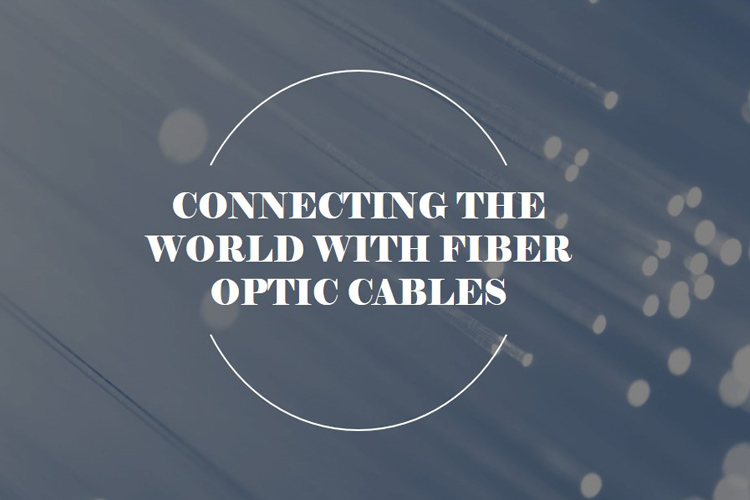Designing Fiber Optic Cables: Key Factors Every Engineer Should Consider
When designing a custom fiber optic cable solution, an engineer should consider several important factors to ensure the system meets the specific needs and requirements of the project. These factors include:

1.Application and environment: Consider the intended application and environment where the cable will be installed. This includes indoor or outdoor installations, exposure to harsh conditions (temperature, humidity, chemicals), and the need for any specific industry certifications, such as fire resistance or underwater usage.
2.Cable type: Choose the appropriate cable type based on the application and environment. This may include single-mode or multi-mode fibers, and either loose tube, tight buffered, ribbon, or armored cable constructions.
3.Fiber count: Determine the number of fibers needed to support the required bandwidth and redundancy. This will depend on factors such as the number of connections, distance, and data rate requirements.
4.Fiber type: Select the appropriate fiber type (e.g., G.652.D, G.657.A1, OM3, OM4, etc.) based on the system's performance requirements, such as attenuation, chromatic dispersion, and bandwidth capacity.
5.Connectors and termination: Choose suitable connectors (e.g., SC, LC, FC, etc.) and termination methods (e.g., fusion splicing, mechanical splicing, or connectors) based on the application, ease of installation, and maintenance requirements.
6.Cable length and attenuation: Calculate the required cable length and ensure it is within the allowable attenuation budget for the system. This will involve considering factors such as splice losses, connector losses, and fiber attenuation over the cable's length.
7.Cable management: Plan for proper cable management, including routing, labeling, and securing the cable to ensure longevity and ease of maintenance.
8.Installation and deployment: Consider the installation and deployment methods, such as aerial, buried Pipeline, or direct burial, and any specific equipment or tools required for the installation.
9.Testing and documentation: Plan for testing the cable system, including optical time-domain reflectometer (OTDR) testing, insertion loss testing, and end-to-end testing. Additionally, prepare thorough documentation of the system, including cable layouts, test results, and maintenance records.
10.Budget and timeline: Ensure the custom fiber optic cable solution is within the project's budget and timeline constraints. This may involve working with suppliers, contractors, and other stakeholders to optimize cost, performance, and delivery timelines.
In summary, designing a custom fiber optic cable solution requires careful consideration of numerous factors, including the application, environment, cable type, fiber count, fiber type, termination methods, cable management, installation and deployment, testing, and budgetary constraints. By addressing these factors, an engineer can create an effective and reliable fiber optic cable system tailored to a specific project's needs.

 The Future of Fiber Optic Communication Network Architecture: Evolution and the Role of SDON Technology
The Future of Fiber Optic Communication Network Architecture: Evolution and the Role of SDON Technology
 What opportunities and challenges does free-space optical communication technology face?
What opportunities and challenges does free-space optical communication technology face?
 Opelink MPO Products for High-Speed Data Center Applications
Opelink MPO Products for High-Speed Data Center Applications
 CWDM vs. DWDM: Which Optical Transmission Technology Should You Choose?
CWDM vs. DWDM: Which Optical Transmission Technology Should You Choose?